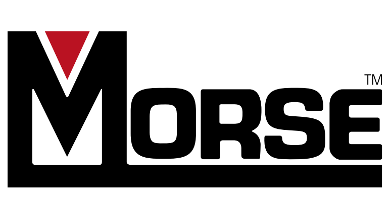Ember RV Adds Central Territory Representative to Sales Team
Ember Recreational Vehicles has expanded its sales team to increase focus on enhanced dealer support for its growing dealer base. The company announced the addition of Jacob Kangas as the newest addition to the Ember Sales team.

Kangas will manage Ember’s newly formed Central territory. Kangas will be actively growing his territory and will be responsible for Ember dealer partners in the following states: Idaho, Montana, North Dakota, South Dakota, Nebraska, Kansas, Iowa, Missouri, Oklahoma, Minnesota, Wisconsin, Kentucky, Tennessee, Illinois and Indiana.
Kangas brings over 15 years of RV sales experience. He began his RV industry career in retail RV sales before taking a wholesale representative position with Keystone RV in 2019. Kangas currently resides in Elkhart, Indiana, with his wife and two daughters.
“Jacob is a self-starter with an outgoing and spirited personality that has helped him build successful, effective relationships with his dealer partners over the years,” said Brent Shuttleworth, national sales manager for Ember. “We are excited to gain his enthusiasm and skillset as another asset for the Ember team!”
The Ember Sales team includes Jacob Kangas (Central), Mark Topor (West), Rocco Lisa (South), Brent Shuttleworth (National Sales Manager) and David Blea (East).




